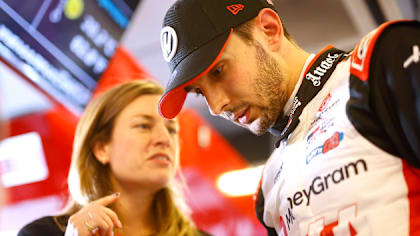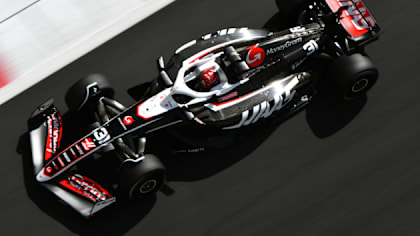Feature
What is the 2021 F1 cost cap and how will it be enforced?
Share
One of the key pillars of the revolutionary new 2021 Formula 1 regulations is the financial rules – the first time in the championship’s history that such rules have been enshrined…
The aim is to deliver a more competitive championship that features a more level playing field, while ensuring the drive for creating unique and boundary-breaking technology and engineering remains.
Here's our guide to how it will all work...
Let’s start at the beginning - what is a cost cap?
A cost cap is a device created to limit the amount of money an entity – in this case, a Formula 1 team – can spend during a calendar year to compete in the Formula 1 World Championship.
Formula 1’s cost cap covers a team’s expenditure – more detail on this later – which relates directly to the race car’s performance.
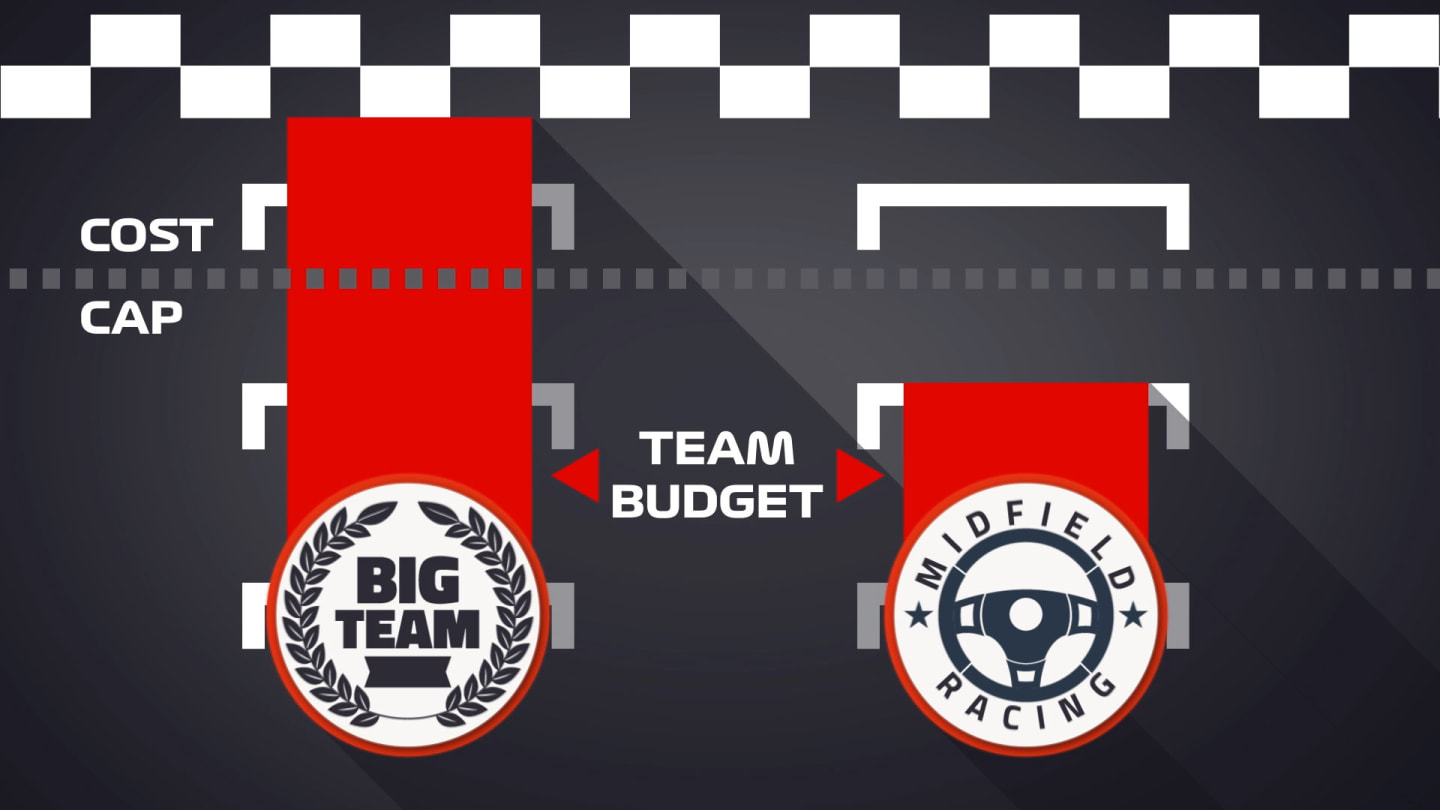
Do other sports use them?
Several sports such as the National Football League, National Hockey League and National Basketball Association operate a salary cap, which limits the amount of money teams can spend on players’ salaries.
Formula 1 cars are the equivalent of a basketball or baseball player when considering the performance differentiator and therefore the caps are similar in their aims.
READ MORE: 10 ways the 2021 rules will improve F1
So what are the goals of the F1 cost cap? Are they the same as in other sports?
Currently, the total spend of a Formula 1 team varies wildly, with a gulf of millions of dollars between the wealthiest teams and the rest. As in other sports, where richer teams with deeper pockets can buy the best players, spending power tends to have a direct correlation on competitiveness in F1.
The F1 cost cap will end the growing spending gap between F1’s big spenders and those with fewer resources, and the on-track performance differential this brings.
It also gives certainty to the bigger teams on how much they have to invest to be at the top, and hope and stability to the smaller teams who will know the gap isn’t always growing.
It will also reduce the overall cost of F1, which has been rising exponentially over the past few decades.
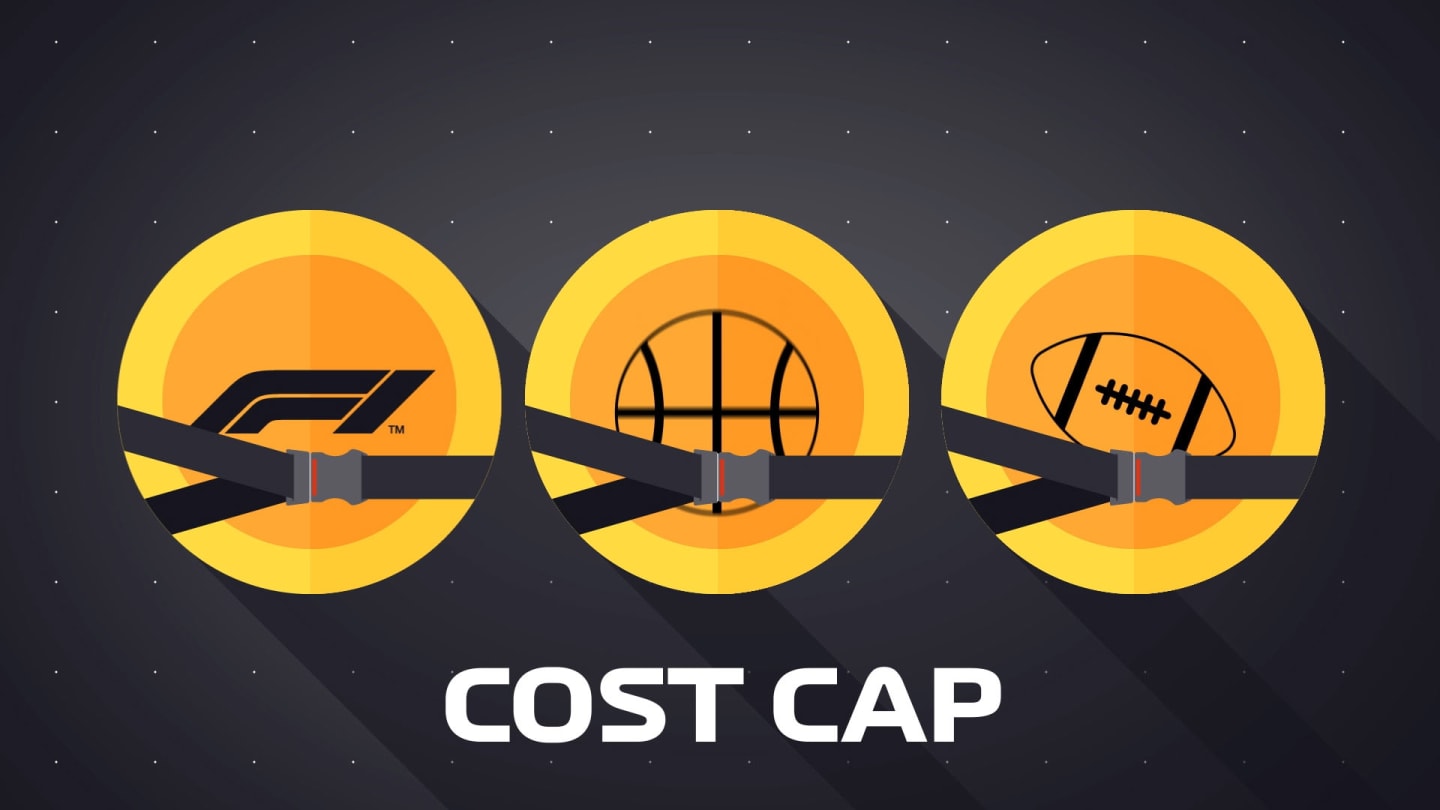
How much is the cost cap?
$175m. Some teams currently spend more than that over a season – though not necessarily all on performance. Other teams spend nowhere near that amount for all of their activities combined. The cost cap applies equally to all teams. The appropriate level at which to restrict the expenditure of an F1 Team is a very complex subject that has never been properly addressed before.
READ MORE: F1’s revolutionary 2021 rulebook – The thinking behind the changes
The rule makers went to extreme lengths to consult all of the teams to find what was considered to be the correct cap level to achieve the objectives of ensuring their long-term sustainability and stability, and promoting the competitive balance and sporting fairness of the championship, while also preserving the unique technology and engineering challenge of F1.
They have been advised throughout this process by financial experts Deloitte, who have significant experience, knowledge and expertise regarding cost control regulations in sports competitions around the world.
The cap runs for a calendar year and is based on there being 21 Grands Prix – one fewer than we have in 2020 – on the calendar. Should there be an increase in that number, the teams will be allowed to spend an extra $1million for every additional race. The figure will reduced in the same way if the calendar is shorter than 21 races.

You mentioned that the cap doesn’t cover all team expenditure. So what is included and excluded in the cap?
The cap covers expenditure that relates to car performance. It excludes all marketing costs, race driver fees and the costs of the team’s three highest paid personnel.
Teams such as Williams run Heritage car programmes. These will be excluded too, as will all corporate income tax and other non-F1 activities. Their property costs – such as the factory – employee bonus costs and fees to enter the championship and purchase superlicences are also exempt.
The cost of purchasing a customer engine supply deal – which has been capped at €15m per season – as well as flight and hotel costs for race and testing travel do not count.
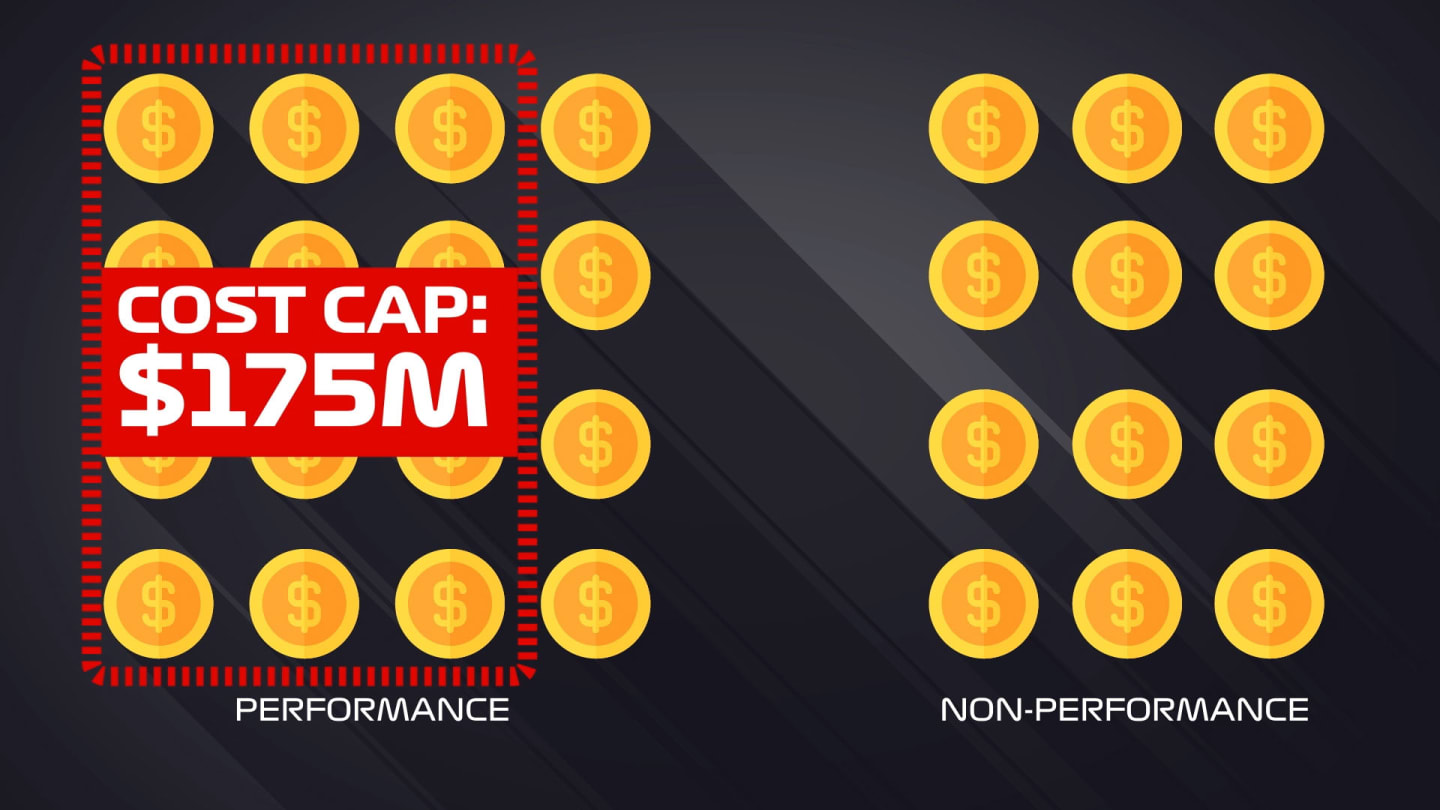
Sounds good, but how will the cost cap be regulated?
A Cost Cap Administration will be created to monitor compliance of the Financial Regulations.
As preparation for the cost cap’s introduction, F1 will work with teams to operate a soft implantation period – or dummy run – in 2020. No team will be subject to sanction if they do not comply during this time.
From 2021, teams must submit an interim account of their spending against the Cost Cap for the period between January and April by the end of June each year. The annual expenditure must be reported by the end of the following March.
The Cost Cap Administration will continue to use leading experts in financial regulations in sport who, with their experience, knowledge and expertise in this area, will provide detailed and independent oversight of every team’s compliance with the Cost Cap.
Will the teams be penalised if they spend too much?
Put simply, yes. There are three categories of potential breaches. The first is a procedural breach, such as a team submitting their accounts late or inaccurately. The second is a minor overspend breach, when a team’s report shows they have exceeded the cost cap by less than 5 percent or the Cost Cap Administration finds they have exceeded that percentage. The third is a material overspend breach, where a team’s submission of their accounts or an investigation by the panel shows they have exceeded the cost cap by more than 5 percent.
Once a breach has been identified, three forms of penalty are possible. The first is a financial penalty. The value of the fine will be determined on a case-by-case basis. The second is a minor sporting penalty which could be a combination of a reprimand, deduction of constructors and/or drivers points, a ban for a certain number of races, limitations on testing – both CFD and on-track – and/or a reduction of their cost cap.
The third is the material sporting penalty, which is the most serious as it can involve all of the above plus exclusion from the World Championship.
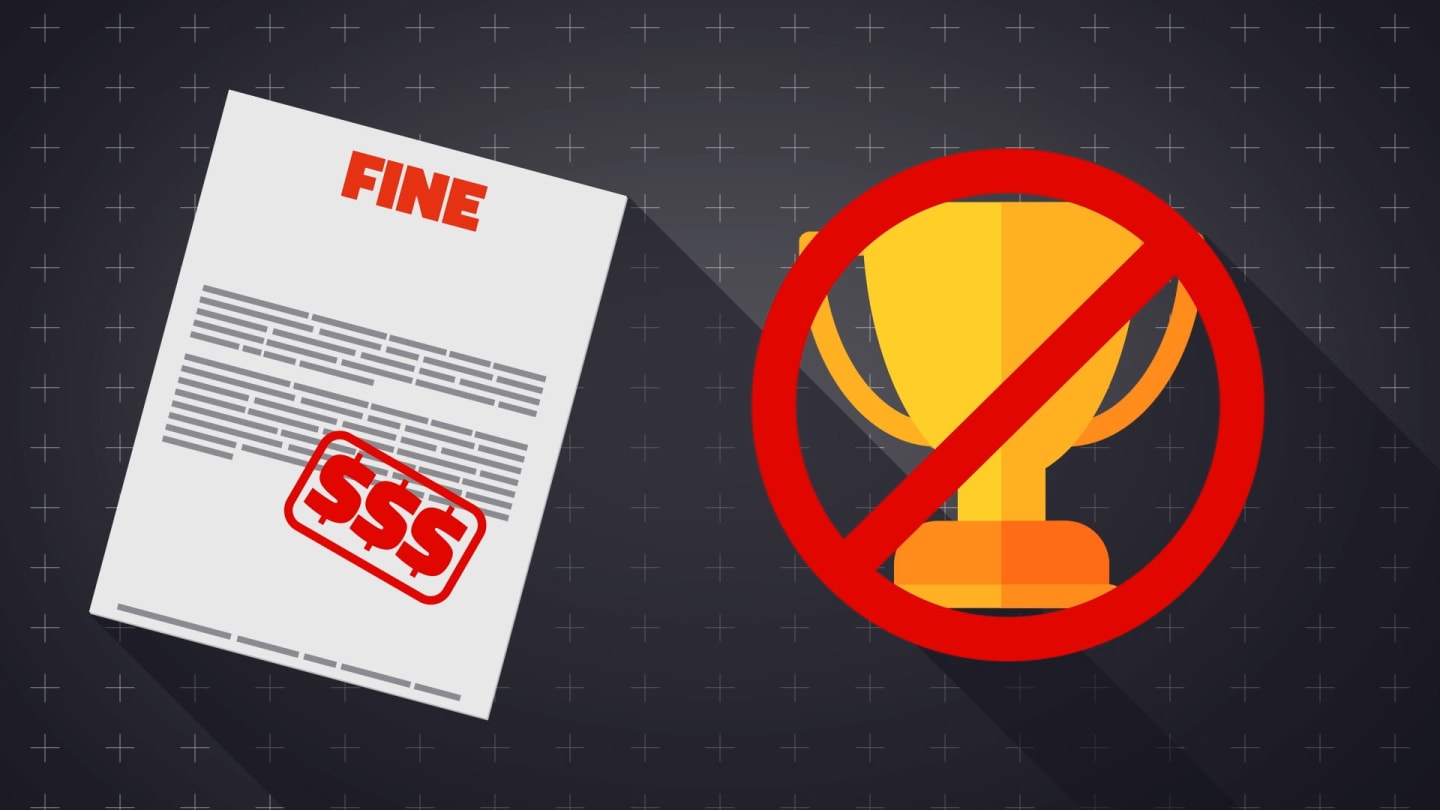
Share
YOU MIGHT ALSO LIKE
News Who are the 2025 F1 team principals?
News Laura Mueller becomes F1's first female Race Engineer as Haas confirm key personnel changes
News Haas reveal when 2025 challenger will take to the track for the first time
Feature NEXT GEN: 20 of the most exciting up-and-coming talents on the road to F1 in 2025

)
